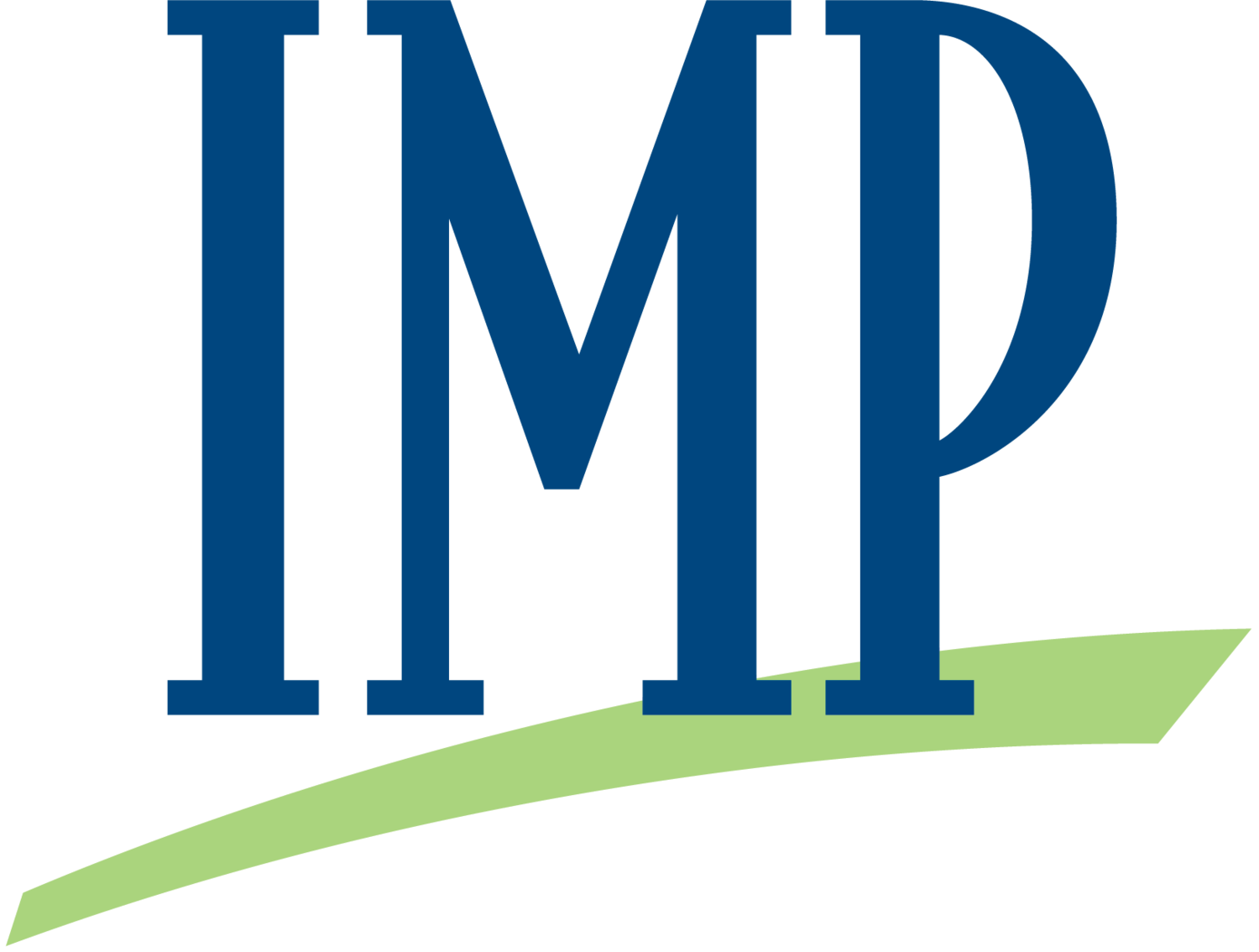The primary purpose of MiFID II is to enhance and strengthen “MiFID I.” However, MiFID II is a complicated, winding road of directives. The areas of business impacted cover everything from the investment decision, all the way to client reporting. The systems impacted span from the front to back office. To break the enormity of MiFID II for the sake of sanity, we will cover five main areas of focus.
Investor Protection
Although all of MiFID II is in some way driven by the overarching goal of investor protection, there are certain changes to product and account classifications. Ensuring products are appropriate for the client is not new, but there are MiFID II specific articles that outline how you must carry out appropriateness tests. MiFID II also redefines "professional" (currently "Institutional") accounts, such that some such accounts may now need to be treated as retail accounts with accompanying changes to appropriate investment standards.
Best Execution
There are different requirements under MiFID II for best execution reporting, depending on if you are a broker-dealer / market maker vs. an investment manager. If you are an investment manager, the required annual best execution summary reports will require collecting a great deal of data so that execution quality can later be ranked by asset class, trading venue, retail vs. professional, and passive (adding liquidity to the market) vs. aggressive (taking liquidity from the market).
What this augurs are more formal best execution policies, because investment firms will now need to report on their execution quality relative to specific best execution standards for a true comparison.
Trading Transparency
The objective for trading transparency is to reduce the opaque parts of the market such as derivatives that are traded privately, and to reduce the use of dark pools. Under MiFID II, all trading venues, must publish current bid and offer prices and the depth of the trading interest on a continuous basis. For equity that means every minute and for fixed income that means every 15 minutes.
Post-trade Reporting
Post-trade reporting entails some of the heaviest lifting for an asset manager because it includes increased requirements for both the client reporting and transaction reporting. Reporting will be more thoroughly addressed in a follow up piece in IMP’s MiFID II Series.
Unbundling Research
One of the most talked about pieces of MiFID II is evaluating for and paying for research. EU investment firms as of the implementation of MiFID II, will no longer be able to accept any third party benefits, whether monetary or non-monetary. As a result, "soft dollars" may no longer be used to pay for research.
Investment firms must now explicitly separate these research charges out via devices such as a Research Payment Account (RPA), or pay for them themselves as a cost. In addition to unbundling, MiFID II requires written policies that covers how published research will benefit clients.
From our perspective, these objectives overlap somewhat, particularly when it comes to where and how they impact the trade flow and reporting. For example, the degree to which broker research factors into an investment decision may need to be reflected in the cost / benefit justification of the research.





